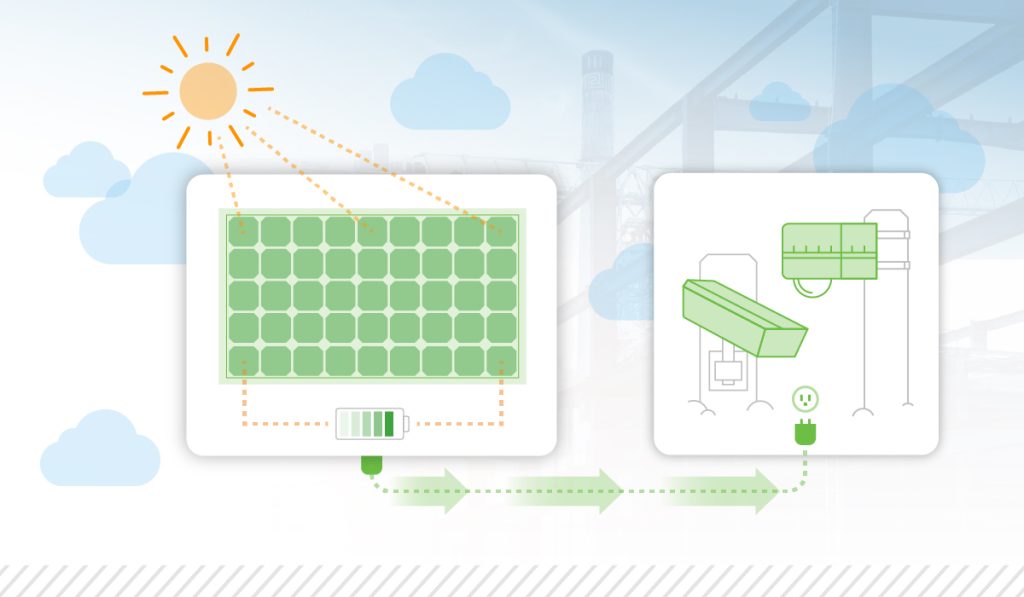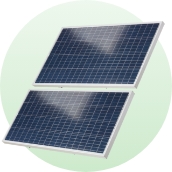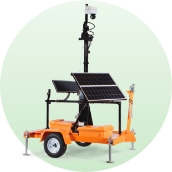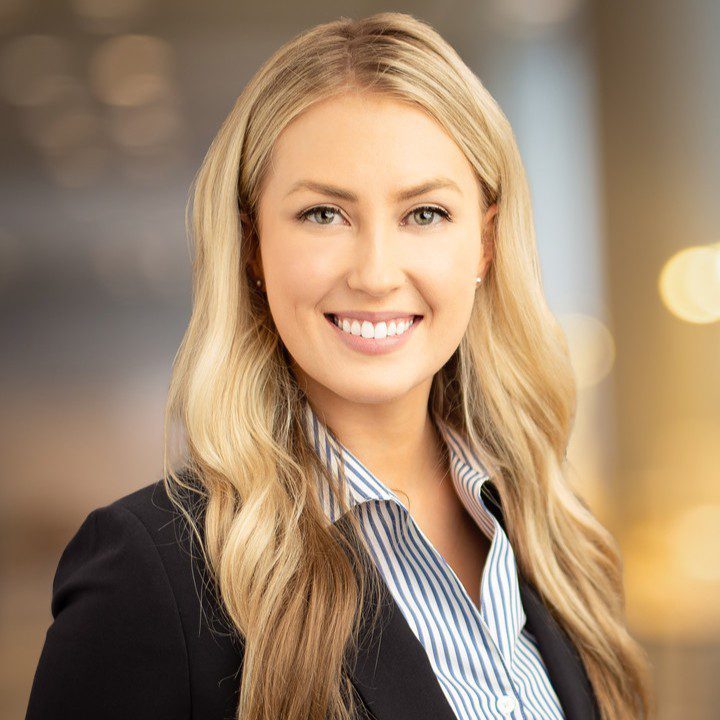
It’s a common scenario: whether it’s for security purposes, insurance requirements, or some other reason, you need to install construction cameras on your jobsite. However, you have one main problem – there are no power outlets to be found nearby. In fact, no power or cabling could be run to the multiple camera mounting locations scattered throughout the jobsite.
It’s for this very reason that solar-powered cameras have become commonplace in construction projects. Let’s dive into understanding why this is, how solar power technology has changed over the years, and what you should expect in a modern solar-powered camera.
The Need for Solar Construction Cameras
According to a report published by Dodge Data & Analytics, 79% of construction firms were utilizing cameras on their jobsites pre-pandemic. Given the rising adoption of digital tools in the industry since, that percentage is likely higher today. That’s because cameras can assist in various ways all at once, such as acting as a deterrent to theft, enabling remote jobsite monitoring, simplifying compliance audits, and improving efficiency and collaboration.

However, on jobsites where a source of power is inaccessible or nonexistent, a traditional wired camera system simply won’t work. This is where solar-powered construction cameras come into play, providing all the above benefits for large, sprawling construction sites, DOT projects, or jobsites in remote locations.
Solar-powered cameras also have a key advantage over cameras using standard 110V: their power source is renewable. While this has long-term financial benefits, it’s also easier to manage than DIY jobsite cameras, many of which can be battery-powered and need their batteries regularly replaced or recharged.
How Solar Technology Became Accessible
As with all technology, solar power setups have improved over time. The first solar panels of 1883, which used selenium and gold to produce an electrical current, are a far cry from the solar panels of the present.
Since the 1950s, most solar panels have been made from silicon solar cells, which are much more efficient than selenium-based ones. However, these solar cells were expensive, meaning solar power was still out of reach for the general public.
Enter the 1970s energy crisis. To make solar power a viable alternative for public and commercial use, the US government passed the Solar Energy Research, Development, and Demonstration Act of 1974. With this investment into research came incentives for people who utilized solar power, thus leading to the rapid increase in the usage of solar panels in the modern age.
According to a report by the Solar Energy Industries Association, solar power has seen an average annual growth rate of 24% over the past decade. This is primarily due to falling installation costs, which have decreased by over 40% in the last ten years.
With lowering production costs, continuous technological improvements, simplified installation processes, and federal energy tax credits, more construction firms have been able to access solar power for their jobsite cameras and other needs. Not only is this a great solution for projects without power, but it’s also a step toward environmental consciousness.
Solar Power Options for Jobsite Cameras
As more construction projects started to utilize solar power, different solutions had to be created to meet the specialized needs of the jobsite. There are two primary solar-power setups for cameras:

Solar Panels
The most common setup, standalone solar panels with a battery backup system, is the industry standard for powering jobsite cameras. The amount of power required for your camera and the panel wattage will determine the number of panels needed, and most systems will offer both wall and pole-mounting options. The panels provide power for the battery system, which is typically stored in a metal control box to keep it safe from the elements.
In the case of inclement weather or overcast skies, the battery backup system kicks on, using stored up energy from the solar panels to keep the camera running.
Improvements to technology allow these backup systems to provide enough power for several days of camera operation, making them a reliable alternative to 110V power.

Mobile Camera Trailers
For a more adaptable solar-power source, mobile camera trailers offer a great solution. These trailers provide a built-in mast for camera mounting and can be easily moved around or between jobsites. Mobile trailers often have anywhere from one to four solar panels, typically include a robust battery backup system, and feature masts that vary widely in height.
Check out our blog post to learn more about mobile camera trailers.
Harnessing Solar Power with TrueLook
As solar-powered cameras have grown in popularity on jobsites, TrueLook has continued to provide solar-power solutions that can be deployed quickly and easily.
TrueLook’s Solar Packages feature high-efficiency panels, a battery backup system that provides multiple days of power, and adjustable mounting hardware. These packages, which can be leased or purchased, are eligible for a Federal Energy Tax Credit (ITC) through Form 3468.
For jobsites that need more adaptable solar power, we also offer mobile camera trailers. All of these solutions are able to power a variety of fixed-position and PTZ TrueLook Cameras, which come standard with live viewing, Intelligent Security, and custom time-lapsing.
If you’re looking for a solar-powered camera for your jobsite, get in touch with one of our knowledgeable experts to receive a customized recommendation.

